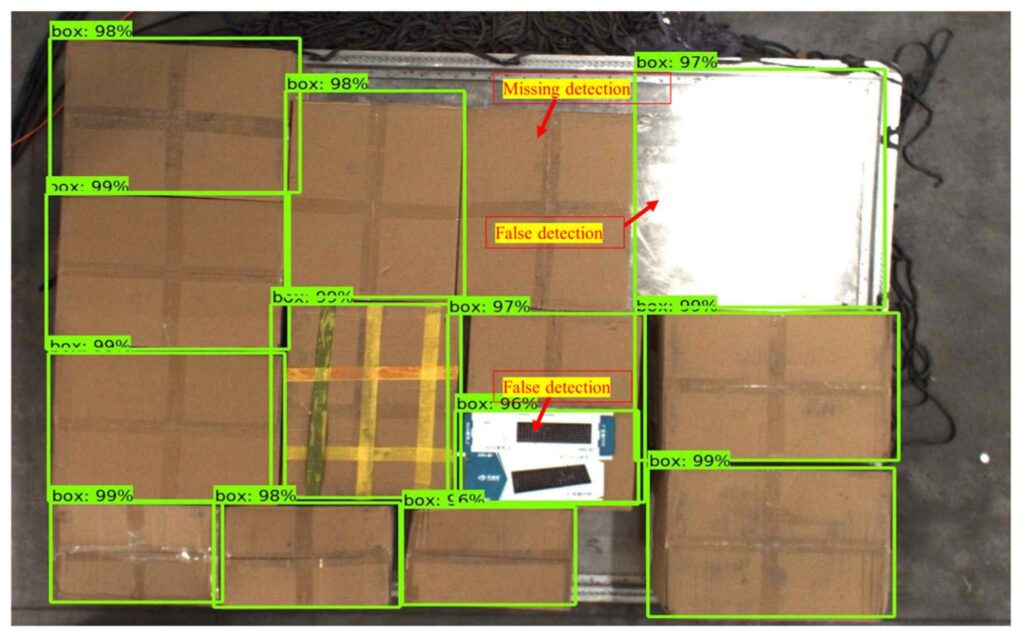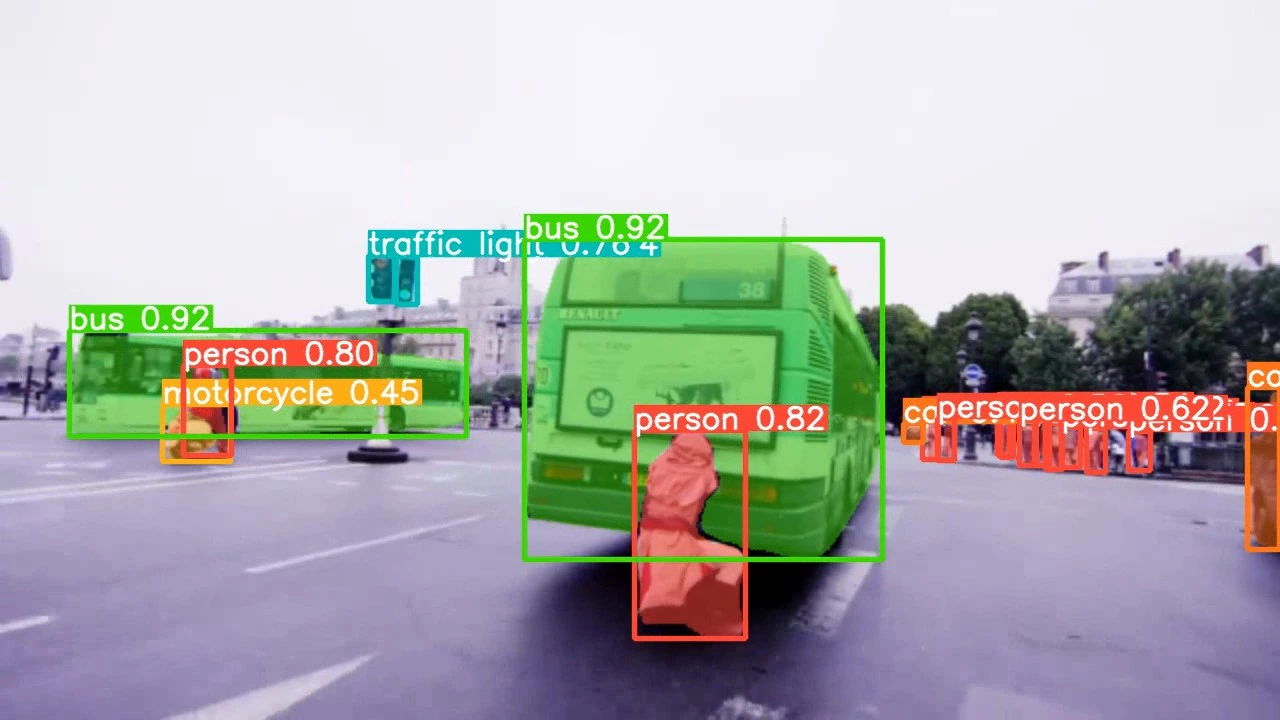In recent years, l'artificial intelligence (AI) has made significant progress in the field of vision systems, leading to a revolution in parcel and object detection and recognition.
Thanks to'machine learning (or Machine Learning) and image processing, artificial intelligence systems have become increasingly precise and efficient in identifying and classification of objects, enabling advanced automation in logistics operations, security and more.
In this article, we will explore how artificial intelligence is applied to vision systems for package and object detection and recognition, analyzing its benefits and the challenges it will face.
Artificial intelligence and machine learning
To understand how artificial intelligence is used in vision systems, it is essential to understand themachine learning, a branch of AI that deals with giving computers the ability to learn from data and improve performance over time.
In the context of artificial vision, machine learning algorithms are trained on a large dataset containing labeled images. Through repeated interactions, the algorithm learns to identify the patterns and characteristics that define a particular object or class of objects.
Once detected, packages and objects must be recognized and classified correctly. Artificial intelligence also comes into play at this stage, using machine learning algorithms to identify the object based on its visual characteristics.
For example, a vision system trained on a large dataset of package images can automatically recognize the shape, size and distinctive features of a specific package, enabling rapid and accurate identification.
– Operation of detection and recognition systems
AI-based package and object detection and recognition systems use machine learning algorithms to analyze images or video streams and automatically identify the presence of specific packages or objects.
The detection process focuses on locating objects within an image. Detection algorithms use techniques such as feature maps, which identify regions of interest based on certain attributes, such as shape, color or texture.
These regions come then evaluate to determine whether they actually contain a package or item.
Once detected, the packages or objects are subjected to a processing recognition, in which the algorithm tries to correctly identify and classify them based on their visual characteristics.
This requires the use of machine learning algorithms, such as convolutional neural networks (CNN), which are able to extract and learn the discriminative features of objects.
– Training and adaptation of the system
To enable AI systems to detect and recognize packages and objects accurately, it is necessary train them on a large dataset.
This data contains labeled images which allow the machine learning algorithm to identify the patterns and characteristics that define a particular object or class of objects.
Training vision systems requires a phase of data preparation in which the images are manually annotated, assigning the corresponding labels to the packages or objects present.
This process takes time and specialized human skills, but it is essential to provide artificial intelligence systems with the information necessary to learn and improve their recognition capabilities.
Once trained, the vision system can be deployed for real-time package and object detection and recognition. However, thecontinuous adaptation of the system it is essential to maintain its effectiveness over time.
New data must be periodically incorporated into the system to enable a continuous learning and ensure that the system remains updated with new classes of objects or changes in operating conditions.
Applications of artificial intelligence to vision systems for package and object detection and recognition
Package and object detection is critical in several industries, including logistics.
Thanks to artificial intelligence, vision systems can efficiently analyze images or video streams and automatically identify the presence of specific packages or objects. This allows you to automate processes which would otherwise require careful human supervision, improving efficiency and reducing errors.
– Logistics and transport
One of the sectors in which the application of artificial intelligence to vision systems has a significant impact is that of logistics and transport.
Logistics and shipping companies can use AI-powered vision systems to automate the package recognition process and to verify the correspondence between packages and shipping documents.
This reduces human errors and allows for a smoother process faster and more efficient sorting. Additionally, vision systems can help identify damage or anomalies in packages during the inspection process, improving package management quality and the traceability of shipments.
– Security and screening
Another important application of artificial intelligence to vision systems for the detection and recognition of packages and objects concerns the safety and it screening.
These systems can be used in airports, train stations and security areas for identify prohibited or dangerous items in bags or luggage.
Thanks to machine learning, vision systems can automatically detect weapons, illicit substances or other dangerous objects, ensuring a greater safety and speed in screening operations.
This reduces the need for in-depth manual inspections, allowing you to handle a greater flow of passengers or cargo without compromising safety.
- Industrial automation
Artificial intelligence applied to vision systems also has important applications inindustrial automation.
In manufacturing environments, vision systems can be used to automatically detect and recognize objects or components during the manufacturing process assembly.
This allows you to automate tasks such as quality control, The positioning of components and theidentification of defects or anomalies.
The integration of AI-powered vision systems into these automation operations increases efficiency and precision, while reducing errors and improving the overall productivity of the production process.
– Robotics and autonomous vehicles
Artificial intelligence applied to vision systems is also key in the development of advanced robotics and autonomous vehicles.
Vision systems can enable robots and vehicles to detect and recognize objects around them, allowing them to navigate safely And interact with the environment surrounding.
For example, autonomous vehicles can use vision systems to detect pedestrians, vehicles and traffic signs, enabling safe, autonomous driving. Industrial robots can use vision to recognize and manipulate objects in production lines or logistics operations.
Challenges and considerations
Despite its many benefits, applying artificial intelligence to vision systems for package and object detection and recognition also presents some challenges.
One of the main ones is the need to have large and diverse training datasets to ensure that the algorithm is able to generalize correctly across a wide range of objects and lighting conditions.
Another challenge is represented bycorrect interpretation of visual information.
AI algorithms can run into situations where the image of an object is distorted, blurred, or partially obscured. In such cases, recognition accuracy may decrease and false positives or false negatives may occur.
And again, the studies will also focus on reducing the risk of bias and discrimination.
Because machine learning algorithms rely on training data, if the data itself is characterized by bias or discrimination, the algorithm can acquire and perpetuate those biases.






















